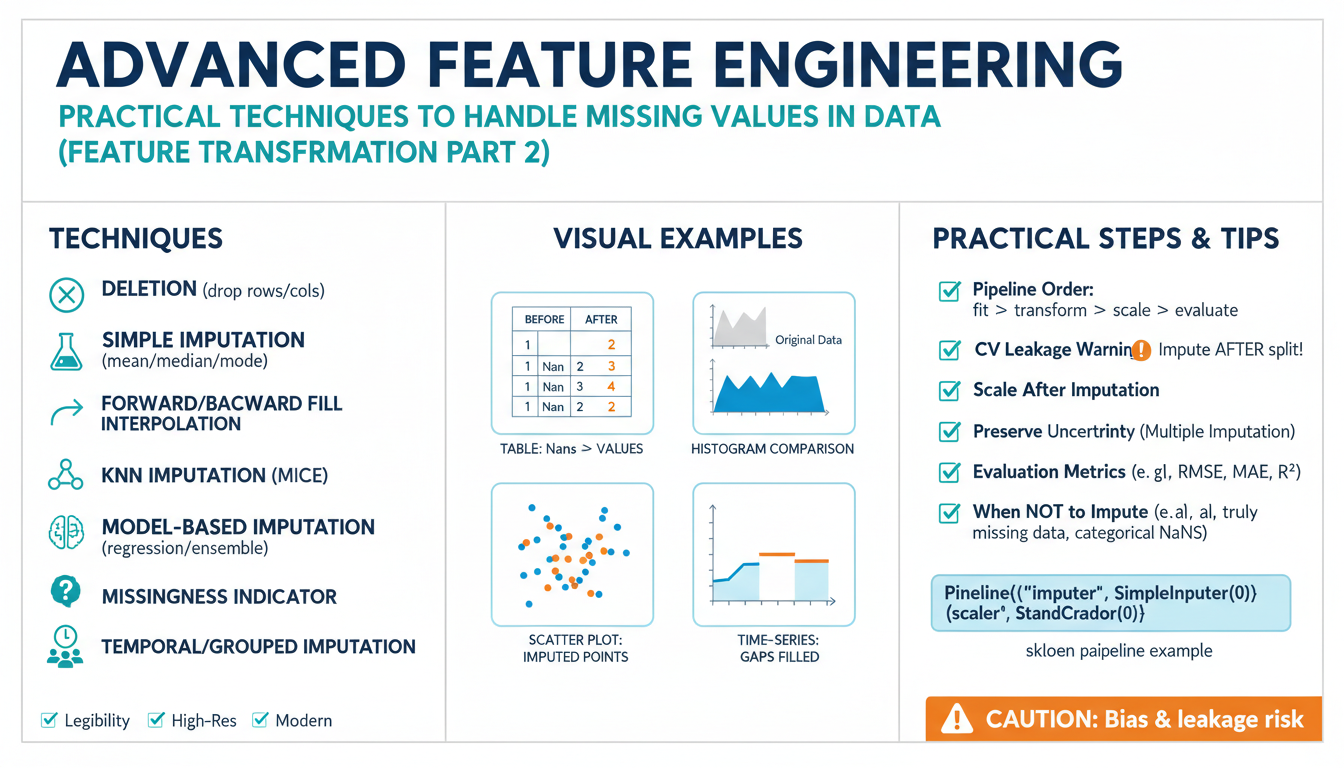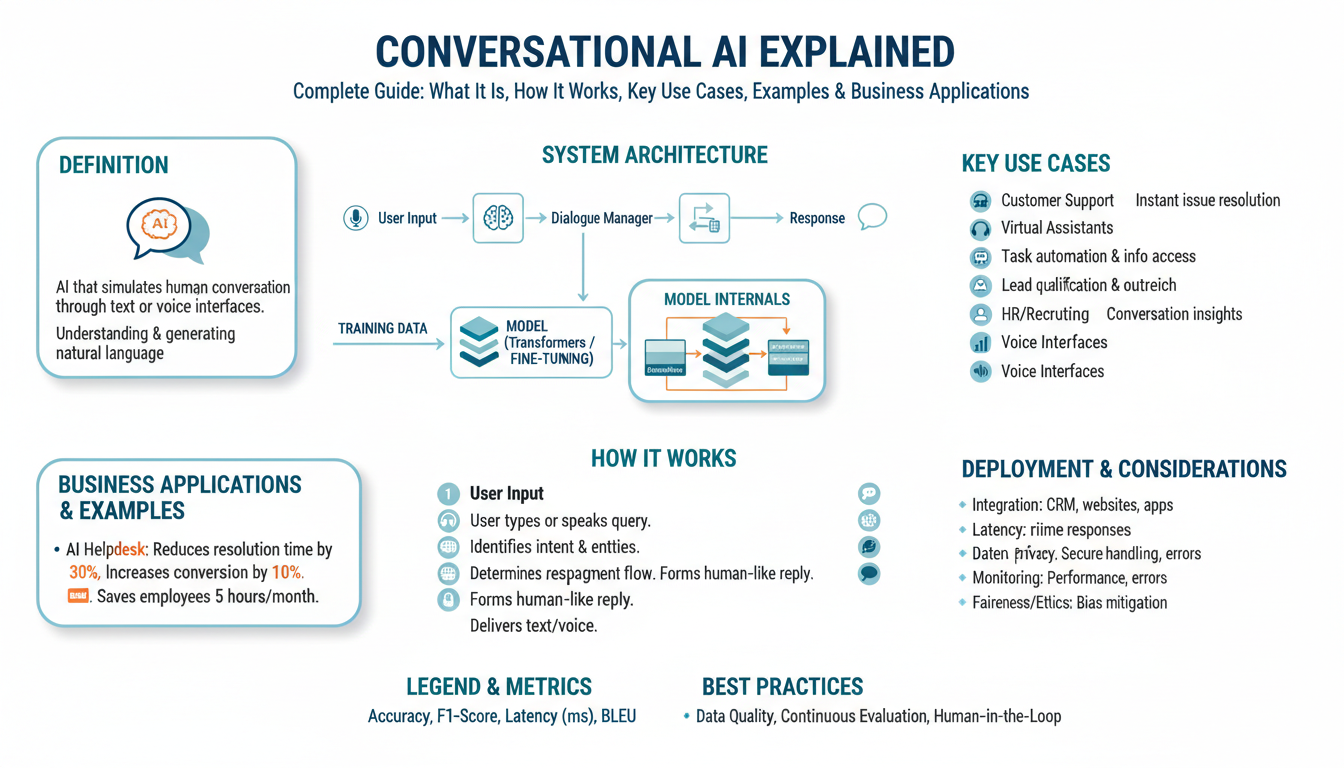How Voice Assistants Collect More Data Than You Realize
Many users are surprised to learn just how much data their voice assistants—such as Amazon Alexa, Google Assistant, or Apple’s Siri—collect beyond simply processing commands. These devices are designed to become smarter and more useful over time, but this learning process involves the extensive gathering and analyzing of user data, sometimes in ways that aren’t immediately obvious.
First, voice assistants don’t just take note of your specific requests. They often record and store the audio clips associated with every interaction you have. In some cases, devices are always in listening mode, waiting for their “wake word.” During this passive listening, snippets of audio can inadvertently be captured, including background conversations, sounds, and personal information. According to an investigative report by NPR, companies hire human reviewers to listen to these audio files to improve voice recognition technologies, sometimes exposing details of users’ private lives.
In addition to audio data, voice assistants collect metadata such as location, device usage patterns, and even information about the other smart devices connected to your home network. This data is integrated to build detailed user profiles, which can be used for personalized marketing or even sold to third-party advertisers. For example, a New York Times analysis highlighted how gathered information isn’t always confined to the originating company—it may flow across digital ecosystems, raising broader privacy concerns.
Additionally, many users are unaware that settings within voice assistant apps often default to allow extensive data sharing. Turning these off requires diving into multiple menus and privacy policies—an effort most people overlook in favor of convenience. For step-by-step control, users should:
- Review and manage permissions regularly in their assistant’s app settings.
- Delete stored recordings from their device history.
- Limit third-party integrations that can access voice assistant data.
- Consult privacy resources, such as this comprehensive guide by Consumer Reports for best practices.
Ultimately, the depth of data collection by voice assistants is not always transparent. Staying informed and proactive in managing device settings is key to safeguarding your personal information against unintended exposure or misuse.
Accidental Eavesdropping: Privacy Risks in Everyday Life
Imagine chatting with a friend about vacation plans or sharing sensitive work details at home, unaware that your voice assistant might be listening. Today’s popular voice assistants, such as Amazon Alexa, Google Assistant, and Apple Siri, are designed to be always-on, waiting for their wake words. This passive listening mode, meant for convenience, brings along the hidden risk of accidental eavesdropping—a serious privacy challenge that often goes unnoticed in our daily lives.
These devices are equipped with sensitive microphones that capture sounds in their environment even before you say their designated wake word. As recent reports and detailed studies from The New York Times and academic research from ACM Communications have shown, accidental activations, also known as false positives, aren’t rare. These incidents lead to voice assistants recording portions of conversations unintentionally, sending audio snippets to remote servers for processing, or even storing them indefinitely.
- How accidental eavesdropping happens: Everyday noises or similar-sounding phrases can trick your device into believing it heard its wake word. For example, saying “a lecture” may sometimes activate Alexa. Once triggered, the device may record everything it hears until it determines the command is over—which can last several seconds or even minutes.
- Who hears your recordings? According to investigative reports, some voice assistant providers employ human reviewers to listen to snippets of recordings to improve system accuracy. While this is often anonymized, there have been cases where highly personal or sensitive conversations were accessed by external contractors.
- Where do these audio files go? In many cases, voice commands are transmitted to company servers for processing and may be stored in the cloud. Consumers sometimes discover archived voice commands in their account histories, accessible through device settings, but they are unaware these files exist in the first place.
These vulnerabilities can expose you to privacy breaches. For example, accidental recordings have captured discussions about health, finance, and even children’s voices. In extreme cases, law enforcement has requested access to voice assistant recordings during investigations, raising critical questions about surveillance and consent.
To reduce your risk, regularly review your device’s voice history, delete stored recordings, and adjust privacy settings. Most major platforms now allow you to manage privacy options and limit data retention, but ultimate vigilance is up to the user. Remember, the convenience of voice assistants should always be balanced with awareness of how, when, and where your private life could inadvertently be overheard.
The Threat of Unauthorized Access and Security Breaches
Many people rely on voice assistants like Alexa, Google Assistant, and Siri for convenient hands-free control of smart devices, information searches, and even making purchases. However, behind their ease of use lurk significant security risks, namely unauthorized access and security breaches. These vulnerabilities are often underestimated but can have severe consequences for users’ privacy and personal safety.
Unauthorized access can occur in several ways. For example, if a voice assistant is configured to recognize commands from any voice, rather than just the owner’s, anyone nearby—including a visitor, neighbor, or even someone outside a window—can issue commands. This is not just theoretical: researchers have shown that some smart speakers can be activated and manipulated by audio played through radio or television. This means that, with the right phrasing, an attacker could unlock doors, make purchases, or obtain sensitive information without ever being in the same room as the device.
Beyond direct voice commands, more sophisticated attacks leverage weaknesses in how these devices process sound. For instance, the so-called DolphinAttack demonstrated that ultrasound commands—inaudible to humans—can be used to control voice assistants. In a busy home or office, it may be impossible to notice that an attack is even occurring.
Another key risk is data interception. Many voice assistants send audio clips and transcripts to cloud servers for processing. If these communications are not properly encrypted, they are vulnerable to interception by attackers on the same network. CNET reports that even major brands like Amazon and Google have faced scrutiny about their handling of user data—sometimes recording and storing snippets of conversations triggered unintentionally.
To protect yourself, it’s important to:
- Customize access settings: Enable voice recognition or PINs so the assistant responds only to authorized users, reducing the risk of accidental or malicious commands.
- Disable voice purchase features: Unless truly needed, turn off features that allow voice-activated purchases to prevent unauthorized transactions.
- Secure your network: Make sure your Wi-Fi is protected with a strong password and encryption to keep data transmissions secure.
- Regularly review device logs: Many devices allow you to review recent activity and recordings to spot unusual commands or unauthorized access.
- Stay updated: Install firmware updates promptly, as manufacturers often patch vulnerabilities in response to security research.
Vigilance and good security hygiene are essential for safer use of voice assistants in our increasingly connected lives. By understanding potential threats and implementing strong safeguards, users can enjoy the benefits of voice technology while mitigating the risk of unauthorized access and breaches. For more guidance on securing your home IoT devices, see this resource from Stay Safe Online.
Voice Assistant Vulnerabilities: Manipulation and Hacking
Voice assistants have seamlessly integrated into our daily lives, from managing schedules and playing music to controlling smart home devices. However, their convenience comes with hidden risks, making them potential targets for both manipulation and hacking. Understanding these vulnerabilities, how they’ve been exploited, and the best practices for protection is crucial for every user.
One of the key vulnerabilities of voice assistants lies in their core functionality: responding to voice commands. Because most devices are programmed to recognize and act on commands from any voice, attackers do not need direct access to the device. Instead, they can issue commands through windows, thin walls, or even over the phone. In fact, research from NPR has documented incidents where hackers exploited this open nature, demonstrating just how easily malicious commands can be delivered.
Manipulation also comes in subtler forms. For example, attackers can embed hidden commands within music or TV broadcasts — an attack known as “DolphinAttack.” This method leverages ultrasonic frequencies, which are inaudible to humans but recognized by microphones. This allows hackers to command devices to open websites, place calls, or even unlock doors without the user’s knowledge. To read more on such research, see the findings published by ZDNet.
Another danger comes from third-party integrations. Many voice assistants allow users to install additional “skills” or apps, but not all of these are adequately vetted. Malicious actors can create fake skills to harvest personal data, steal credentials, or eavesdrop on conversations. The Amazon Alexa bug discovered in 2020 is a perfect example, where malicious skills could remain active after users thought they had finished speaking to Alexa, continuing to record conversations and exfiltrate sensitive information.
Mitigating these vulnerabilities requires a multi-faceted approach:
- Enable Voice Recognition. Most major platforms, such as Google Assistant and Amazon Alexa, now offer voice match features to restrict responses to recognized voices. Make sure this setting is enabled and regularly updated.
- Review Third-party Skills or Apps. Only enable skills from trusted sources, and periodically review the permissions granted to each. Stay informed about reported vulnerabilities by following news on platforms like CNET.
- Limit Sensitive Actions. Restrict what voice assistants can do, especially when it comes to controlling smart locks, making purchases, or accessing personal data.
Understanding the vulnerabilities of voice assistants is the first step towards safer use. As technology evolves, continued vigilance and awareness are essential for keeping your digital life secure. For ongoing updates, resources like the F-Secure Voice Assistants Security Guide can offer valuable insights and emerging trends.
Data Usage Beyond Your Control: Who Really Listens?
When you speak to your voice assistant, you may imagine that your words go only as far as your smart speaker or phone. However, the reality is far more complex. The data you provide is often recorded, analyzed, and stored, not just by the device but also by the companies that manufacture them—and sometimes even by third-party contractors. This raises troubling questions about who is really listening and how your data might be used in ways that are often beyond your control.
Firstly, the recorded voice commands are frequently uploaded to cloud servers for processing. This allows voice assistants to improve their speech recognition and understand context. While companies like Amazon and Google explain this in their privacy statements, they do not always give full disclosure on the extent or specific use of your data. Not only can your audio be analyzed algorithmically, but, in some cases, it may also be transcribed and reviewed by human employees or subcontractors for accuracy improvements. These reviews have been revealed in investigative reports to include snippets of private and sensitive conversations that were never intended for a wider audience.
Many users are unaware that these recordings—and their associated transcripts—may be kept for an indefinite period. You may not have meaningful control over how long the data is stored or who, outside the immediate company, gains access to it. For example, The New York Times has reported that smart assistants can hold onto user data even after you believe you have deleted it, sometimes retaining information “for service improvements” or internal research development.
There’s also the issue of law enforcement or government access. Data stored on remote servers can be subject to requests or subpoenas without your explicit consent. According to the ACLU, smart assistant data has been used in court cases, raising further alarm about the reach of your spoken data once it leaves your living room.
- Step 1: Understand What’s Being Stored
Review the privacy settings of your device and look for transparency reports provided by the manufacturer. These documents will often outline the extent of audio retention and processing. - Step 2: Review Permission and Data Management Options
Most major devices provide controls for managing your voice recordings, but these can be difficult to navigate and are rarely set up for maximum privacy by default. Take time to regularly delete or review your stored data, using guides from reputable sources such as Consumer Reports. - Step 3: Monitor Updates and Policy Changes
Stay informed about any changes to privacy policies. Major providers periodically update their terms, which could broaden data usage without drawing much user attention.
The next time you ask your voice assistant a question, consider the layers of data handling involved and who, in the chain, might be able to listen in. Informed users are empowered users, so take the opportunity to explore privacy dashboards and data management tools—because what happens to your voice data is too important to leave to chance.
Children and Voice Assistants: Unique Risks for Families
With the rise of smart homes, voice assistants like Amazon Alexa, Google Assistant, and Apple’s Siri have become frequent companions in family living rooms. However, these convenient tools can present unique risks specifically for children. As families increasingly rely on voice technology for entertainment, education, and daily routines, it’s important to understand the multifaceted dangers and how they can impact young users.
Exposure to Inappropriate Content
Despite parental controls, voice assistants may not always correctly interpret children’s voices or intent, accidentally granting access to inappropriate music, videos, or information. For example, a child’s mispronunciation may trigger unintended search results, exposing them to content not suitable for their age. Research has demonstrated that content filters and voice recognition, while improving, remain imperfect (New York Times). Parents should routinely review the device’s settings and maintain supervision during use.
Privacy and Data Collection Issues
Voice assistants continuously listen for their wake word, raising significant privacy concerns, particularly with the sensitive data of minors. These devices often record and store voice samples, inadvertently capturing private conversations or personal information about children. According to the BBC, several major providers admit to using human reviewers for quality control, sometimes without users’ explicit knowledge. Families should periodically delete stored recordings and manage privacy settings.
Impaired Social and Communication Skills
Children learn vital social cues and language skills from interacting with real people. Frequent reliance on voice assistants for answers or entertainment can reduce the opportunity for these meaningful conversations. Studies, such as those from the American Psychological Association, have indicated potential impacts on children’s ability to engage in polite conversation and develop empathy, as voice assistants seldom model these skills. Families can mitigate this by encouraging children to use voice assistants alongside adults and supplement with real social interaction.
Unintended Purchases and Smart Home Control
Even with password protection and purchase approvals, children have been documented placing orders or altering smart home settings via voice commands. For instance, a child may order toys or even change thermostat settings by simply asking the assistant. Parents should leverage features like Alexa’s voice purchasing controls and create distinct voice profiles to limit these functionalities.
Steps for Safer Use
- Set Up Parental Controls: Activate filtering, limit purchasing, and review privacy settings specific to each child’s age and maturity.
- Educate Children: Discuss why and how to use these devices responsibly and explain what kinds of questions or requests are appropriate.
- Monitor Usage: Supervise interactions and periodically check the device’s activity log for unusual requests or behaviors.
- Disable Microphone When Not in Use: Turn off the microphone during sensitive conversations and overnight.
- Stay Updated on Security Practices: Keep device firmware up to date and review guidelines provided by authoritative sites like the Federal Trade Commission.
By remaining informed and proactive about these unique challenges, families can better protect their children from the unintended consequences of the seemingly helpful voice assistant living in their home.



